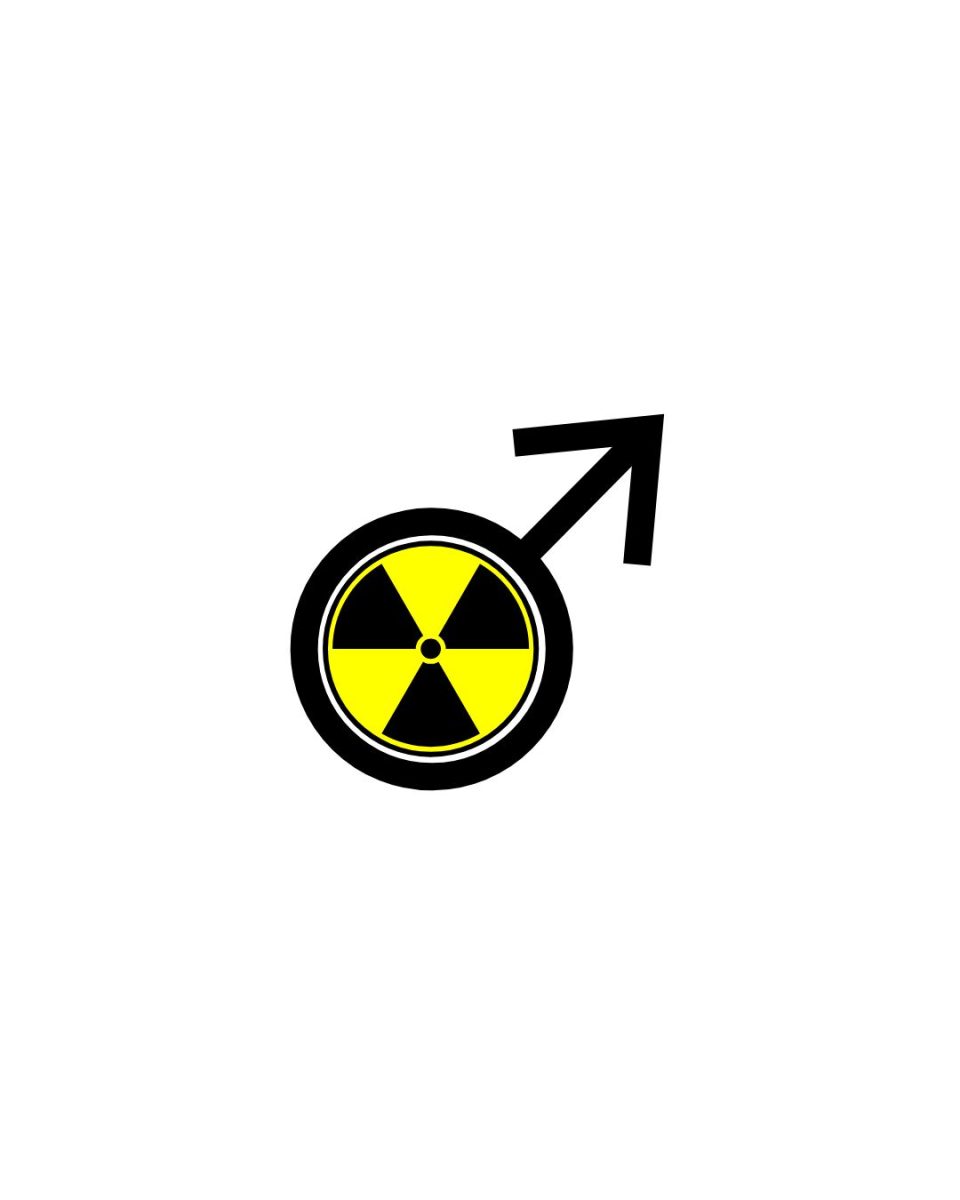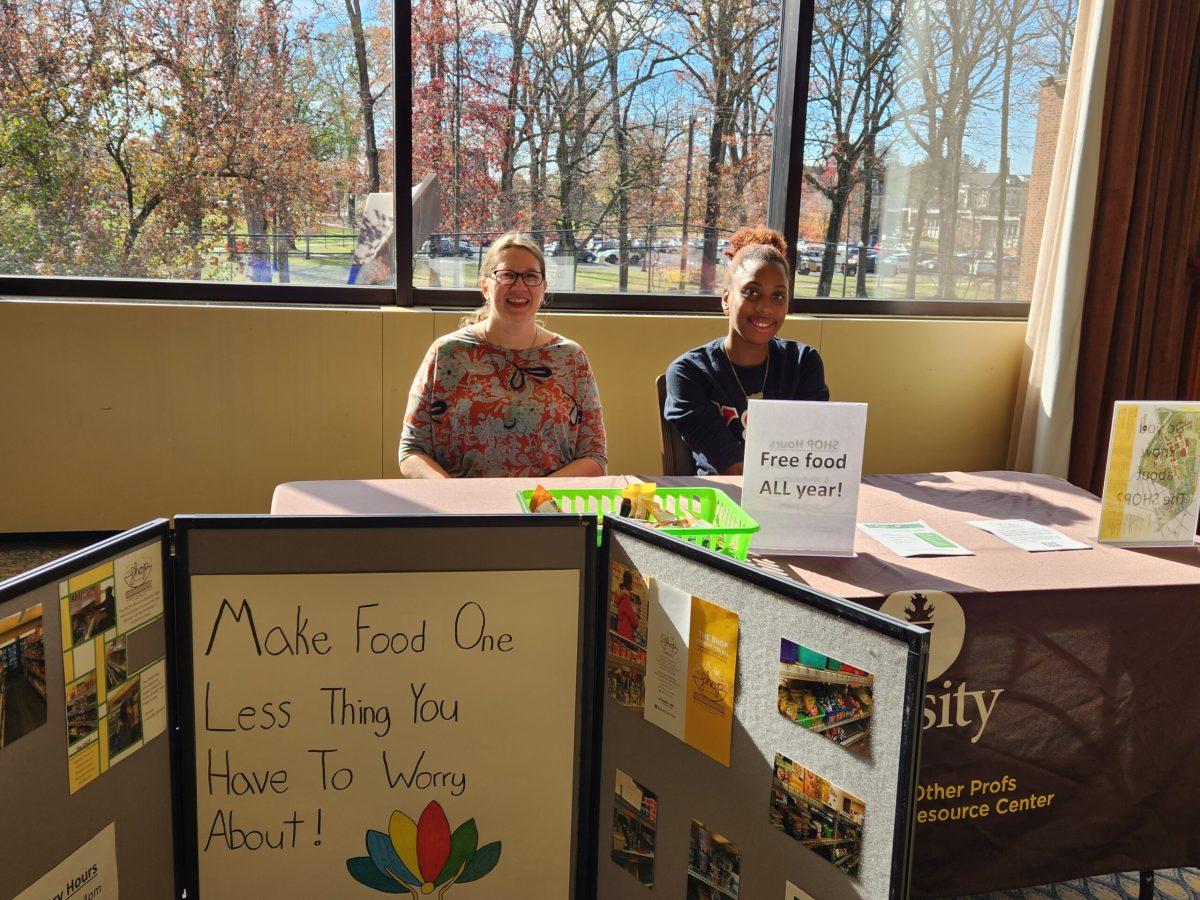According to the 2022 Student Hunger on Campus Survey (SHOC) distributed by Rowan University’s Affordability Taskforce, more than one in three Rowan students face food insecurity — roughly 38 percent.
The Affordability Taskforce hosted the Student Hunger on Campus Town Hall Meeting and Resource Fair on Wednesday, Nov. 16, at the Eynon Ballroom in the Student Center. The purpose of the meeting was to discuss these finds and others from the 2022 SHOC survey, and compare them to a similar survey conducted in 2017.
“[Food insecure] means, for instance, that every other student reduces portion sizes so food will last longer, skips meals, or will not eat for an entire day or days because they cannot afford food,” the 2017 SHOC report reads.
The 2017 SHOC survey was initially distributed amongst Rowan Students in November 2017 and found that 48 percent of undergraduate students — one in two — were considered to be food insecure.
“We’re seeing that undergraduate students report more food insecurity than graduate students,” said Andrew Perrone Ph.D., assistant director of The Office of Volunteerism & Community Engagement at Rowan University and co-chair of the Affordability Task Force. “Additionally, first generation students report higher levels of food insecurity than those students who have one or both parents having attended college.”
In addition to food insecurity, the 2022 SHOC survey notes that nearly half of students that responded reported “mild to severe depression.” Questions regarding mental health were not featured in the 2017 survey.
“One thing that we know is that rarely does food insecurity happen alone,” Perrone said. “Basic needs and a lot of other support and resources come up for students when they also have food insecurity.”
Over each of Rowan University’s four campus groupings, 2,570 students responded — roughly 14 percent of the 18,409 total population. The survey was promoted by Rowan’s Student Government Association, emailed to every student and was disseminated amongst Rowan medical schools.
“The idea is to up the responses as much as possible and try to get a representative sample of the entire student body and I think we did a pretty good job of doing that,” said Robert Weaver Ph.D, a member of the SHOC research team and professor of health and exercise science at Rowan University.
The event also highlighted several resources present on Rowan’s campus that can aid students facing food insecurity and other obstacles. Throughout the Eynon Ballroom were tables for Rowan’s on-campus food pantry The SHOP, ProfCents and Fresh for All.
Penny McPherson Myers Ph.D, vice president of the Division of Diversity, Equity and Inclusion, presented several steps that professors can take to aid students facing food insecurity and direct student to the necessary resources on Rowan campus.
“So one of things that we want to share for faculty members, is that we want you to consider adding a syllabus statement to your syllabus that really speaks to identifying you as a source of support but also allowing you to direct students to resources we have such as ProfCents, The SHOP and dean of students,” McPherson Myers said. “This allows you to be a partner in this work of addressing food and housing security by connecting students to resources.”
While this town hall was the first presentation of the 2022 SHOC survey findings, the SHOC Research team is currently compiling a report of the survey findings similar to that of the 2017 SHOC survey.
“If these are the realities of our student experiences on campus, how can we, as a community, respond to these things and support our students more fully?” Perrone said.
For comments/questions about this story tweet @TheWhitOnline or email [email protected]

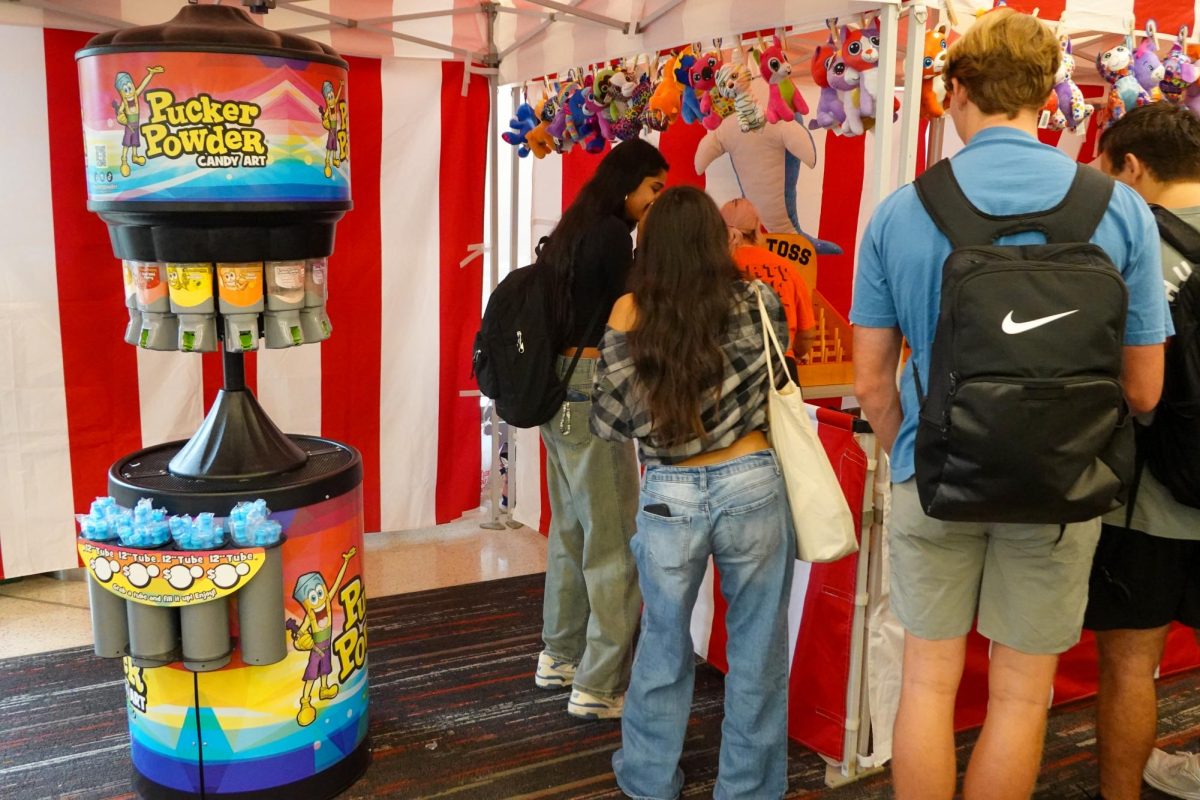
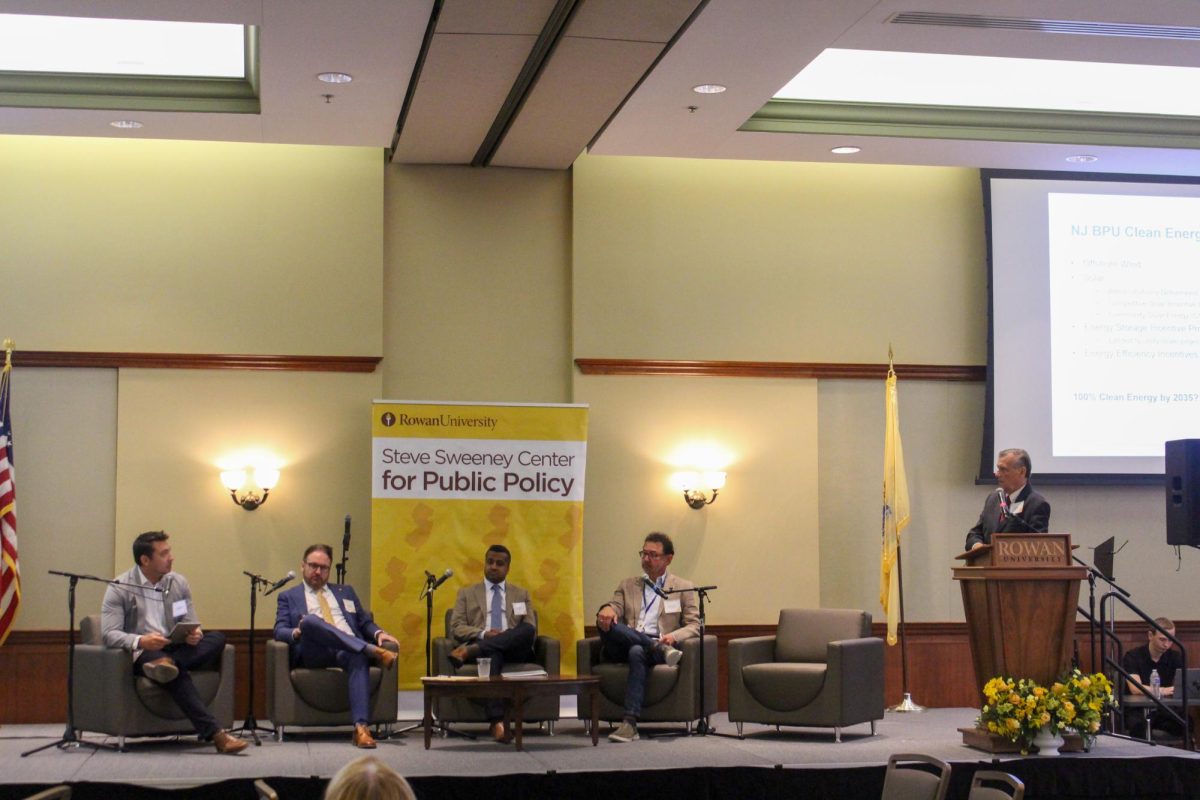

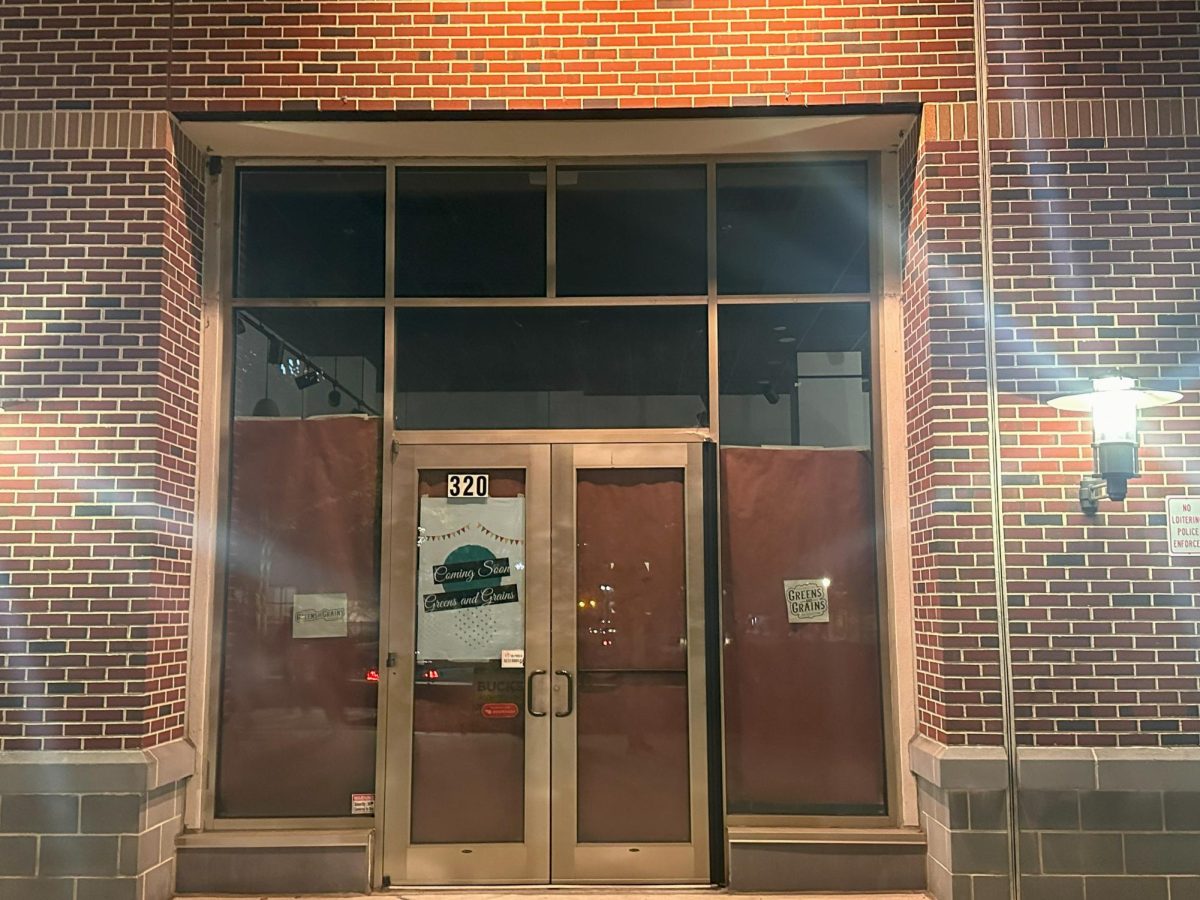


















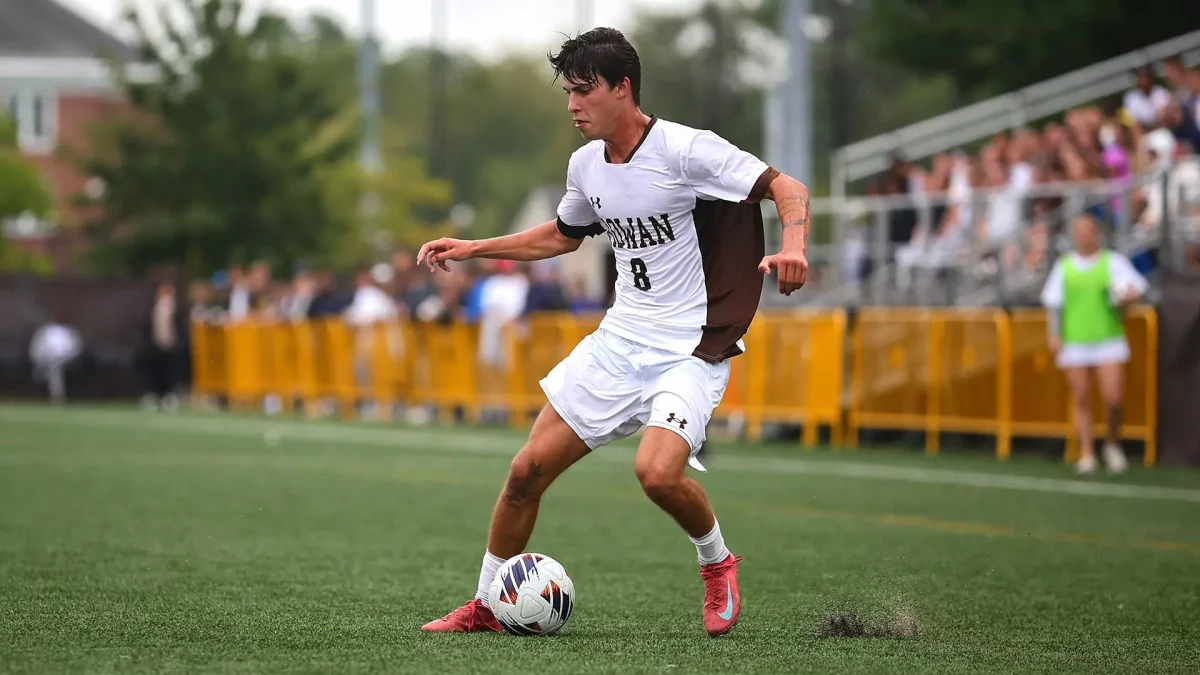
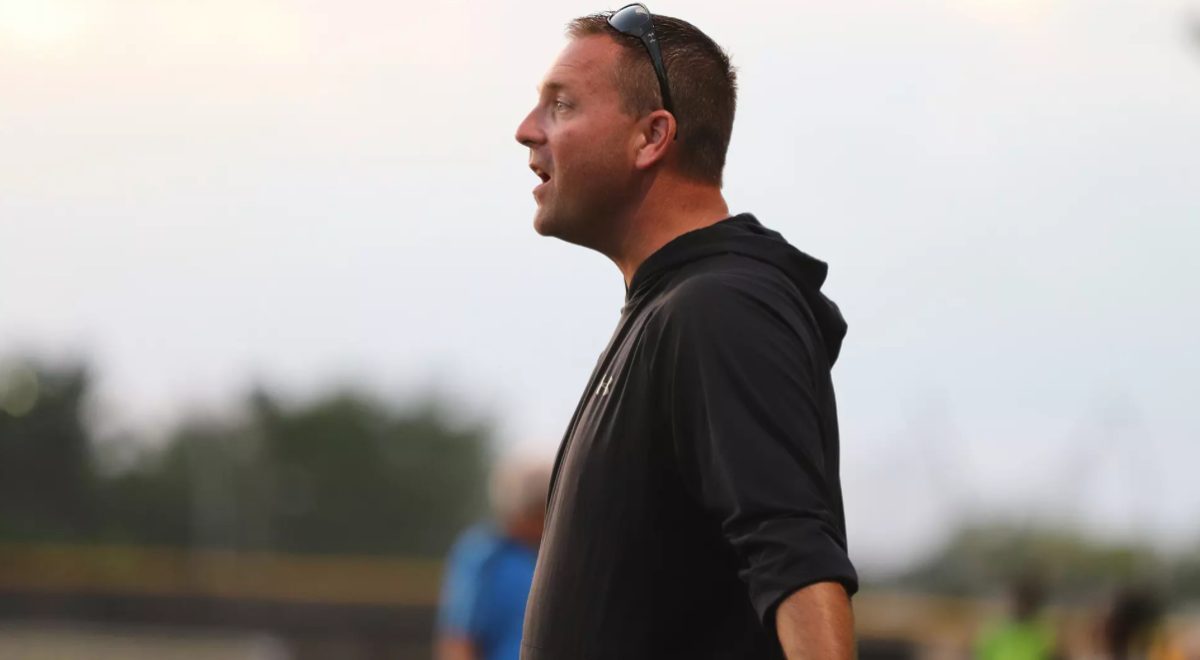


































































































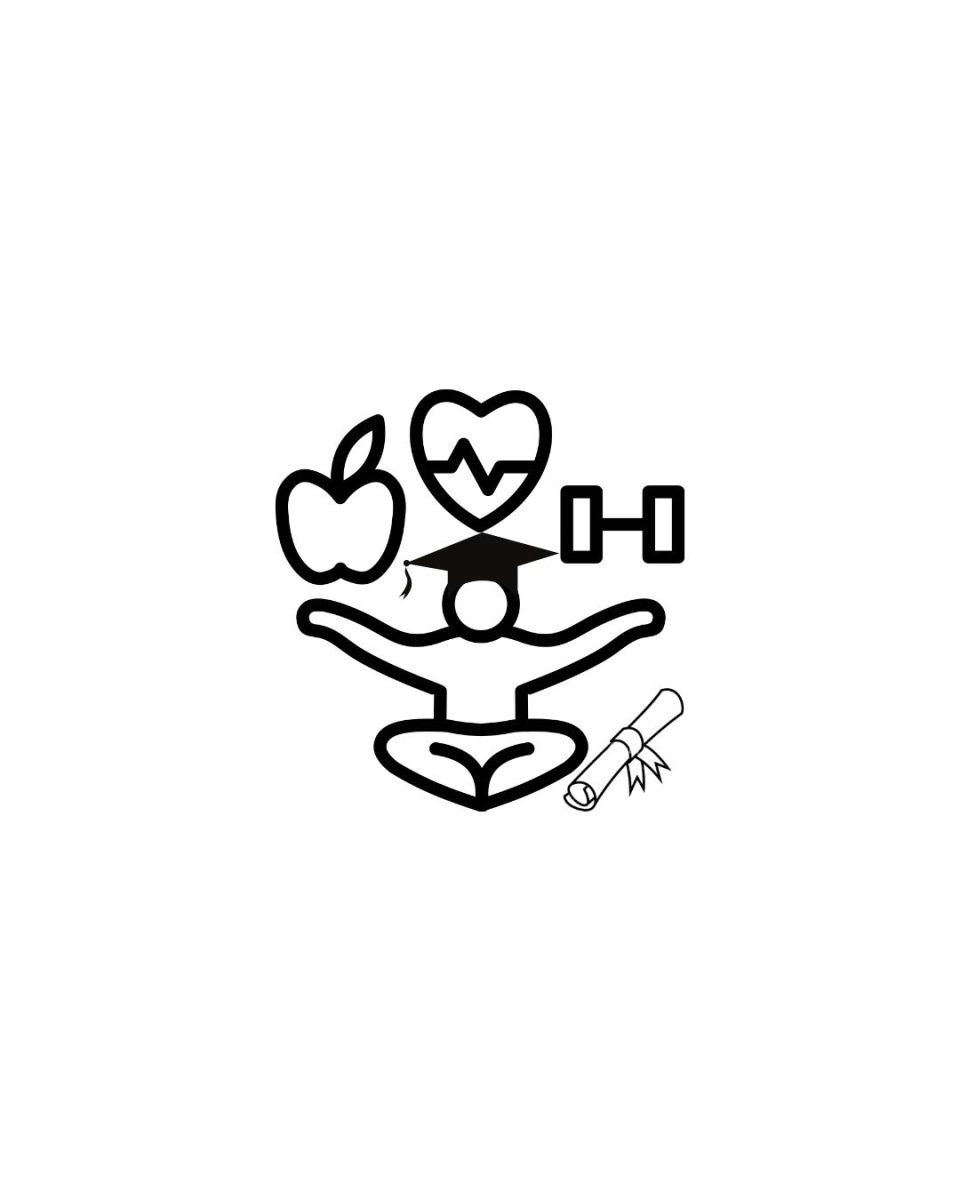
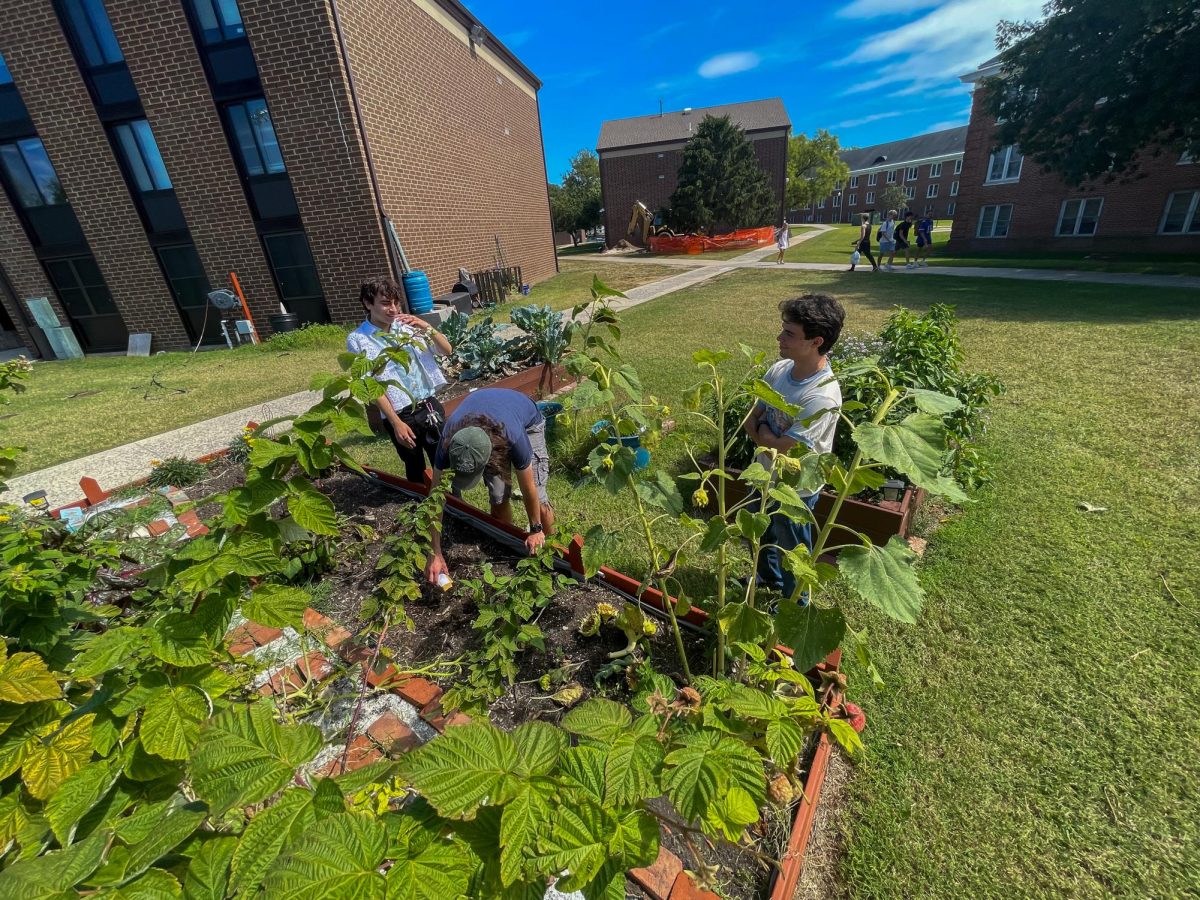
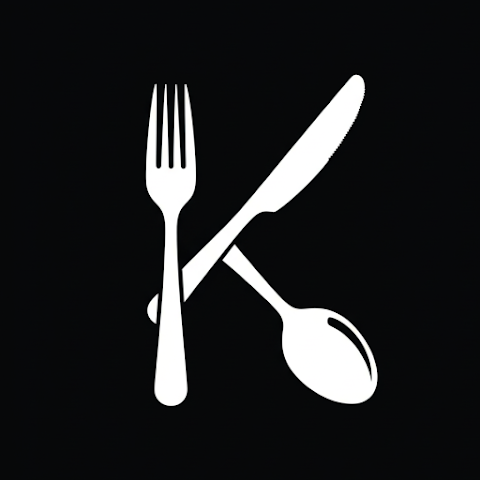




















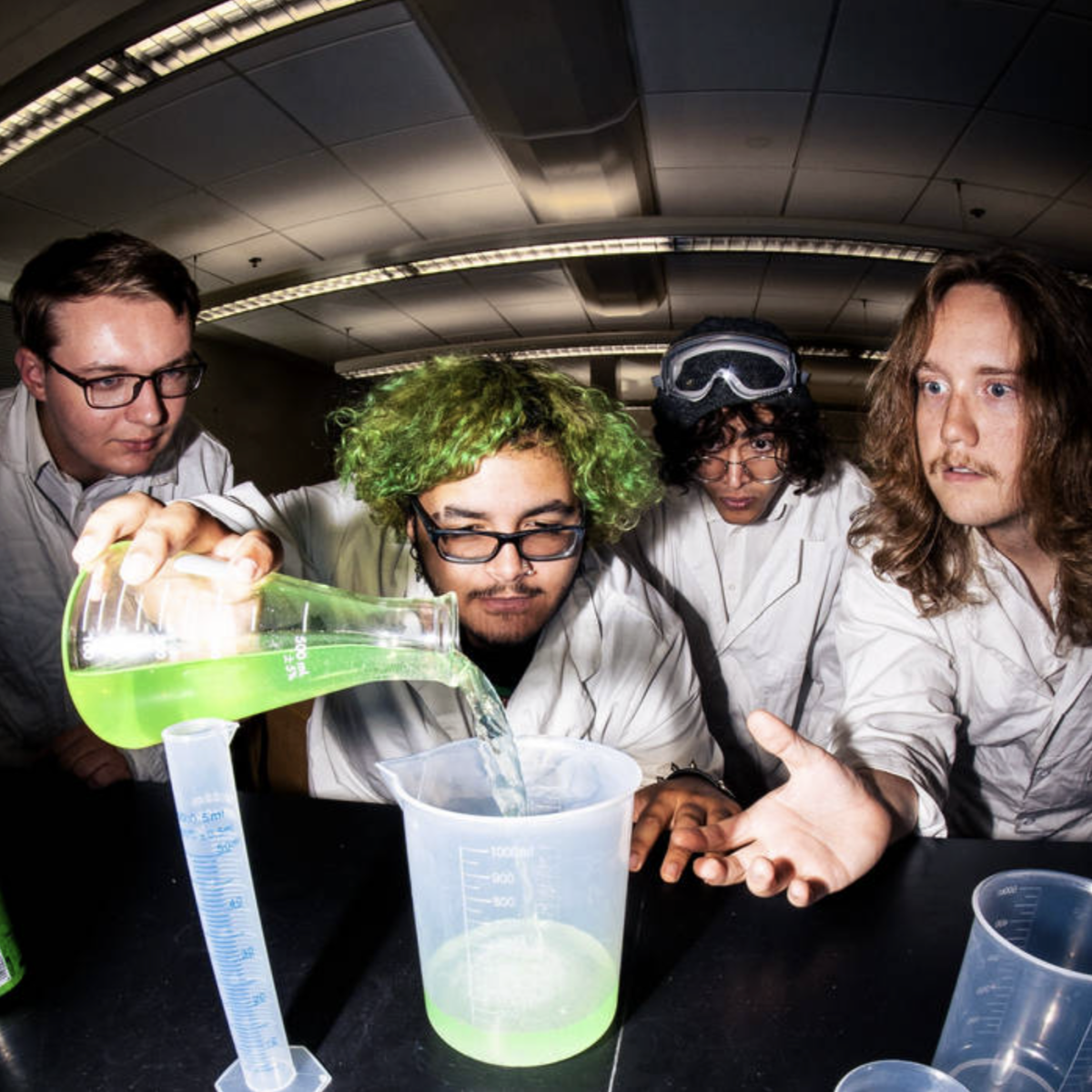




!["Working with [Dr. Lynch] is always a learning experience for me. She is a treasure,” said Thomas. - Staff Writer / Kacie Scibilia](https://thewhitonline.com/wp-content/uploads/2025/04/choir-1-1200x694.jpg)













